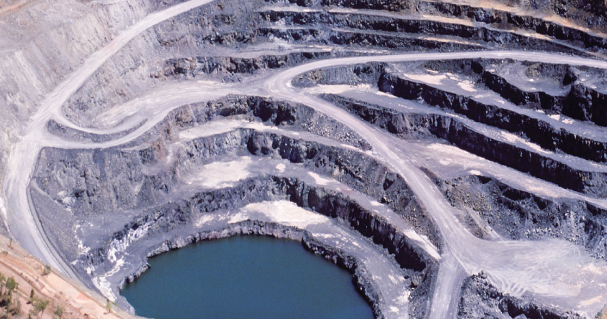Dewatering Systems & Solutions: Keeping Your Projects Dry!

When embarking upon a construction project, one common challenge that engineers and project managers often encounter is water accumulation in the work area. This omnipresent obstacle, whether in the form of groundwater, rainwater, or another source, can jeopardise the structural integrity of the project and pose a significant hazard to workers. That’s where dewatering systems and solutions come into play. Dewatering, a process that involves the removal of water from a construction site or another area, is critical to ensuring a safe, dry, and efficient work environment.
The Essence of Dewatering
In the realm of construction and environmental management, dewatering systems are indispensable. Not only do they facilitate a smoother implementation of projects by providing a dry work environment, but they also assist in maintaining the structural stability of excavations, preventing soil erosions, and complying with various environmental and safety regulations. Different methodologies and systems are deployed depending on the specifics of the work area, the volume of water to be managed, and the duration of the project.
Common Dewatering Methods
Wellpoint Systems: Implemented in stages, wellpoints use a series of small-diameter wells that are connected to a main pipe and a dewatering pump. Widely utilised for shallow excavations, wellpoints are effective in soil where the water table is relatively high.
Deep Wells: Suited for larger, deeper projects, deep wells manage the groundwater in and around the excavation site. They use electric submersible pumps and are effective in stabilising the surrounding soil and controlling the water table.
Sump Pumping: One of the simplest methods, sump pumping is applied where the excavation is made below the water table. The water is allowed to enter the excavation and is then collected in sumps and pumped away.
Eductor Systems: This is applicable in areas where traditional wellpoint systems might not be efficient, such as in low-permeability soils. It works by utilising a jet pump and flow of water to create a partial vacuum, thereby removing water from the soil.
Choosing the Right Dewatering Solution
Several factors contribute to selecting an apt dewatering method for a particular project. These encompass the project size, scope, duration, groundwater level, type of soil, environmental considerations, and budget. A comprehensive study and hydrogeological survey of the project site are pivotal in determining which dewatering system is most viable, ensuring it aligns seamlessly with the project’s requirements without inflicting undue environmental impact.
Environmental & Regulatory Compliance
Navigating the complexity of dewatering also means aligning practices with environmental conservation and adhering to regulatory compliances. The removed water often needs to be treated to separate sediments and contaminants before being safely discharged into water bodies or storm sewers, to ensure minimal impact on the ecosystem and adherence to local, state, and federal guidelines.
Innovations in Dewatering Technology
Advancements in technology have brought forth innovative solutions in dewatering systems, such as automated pumps, enhanced filtration systems, and intelligent monitoring systems. These advancements not only optimise the dewatering process but also ensure environmental sustainability by reducing energy consumption, minimising water wastage, and adhering to strict pollution control norms.
Finally, dewatering is not merely about extracting water from a construction site. It is a finely tuned practice that blends engineering, environmental science, and regulatory compliance to ensure projects stay dry, safe, and sustainable. Implementing a well-strategised dewatering system, which is sensitive to both the project’s requirements and environmental sustainability, is paramount in safeguarding the integrity and success of any construction endeavour. Through the prudent selection of systems, adherence to regulatory standards, and leveraging technological advancements, dewatering practices will continue to evolve, anchoring projects firmly within the realms of feasibility and sustainability.






